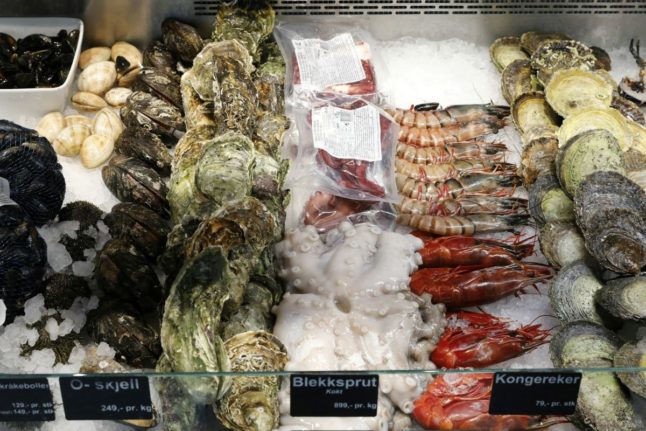Norway’s three supermarket chains that strive to be the cheapest in the country have started the year in a price war.
Extra has cut the price of 150 everyday items, Rema 1000 has pledged to freeze the price on more than 1,000 items, and Kiwi has said that it would strive to be the cheapest supermarket in the country.
READ MORE: Everything you need to know about supermarkets in Norway
“This is a gift for consumers. After all, prices are high in Norway. But now we see that all three large low-price grocery chains are lowering prices sharply,” Odd Gisholt, an expert on the grocery industry, told public broadcaster NRK.
Norway’s supermarkets have abandoned the traditional price windows. This is when chains adjust prices twice a year after negotiations with suppliers. Now, supermarkets claim to negotiate continually.
“Now we negotiate all year round, and when we receive a cut in prices, this goes straight to the customers straight away, through lower prices,” Pia Mellbye, sales and marketing director at Rema 1000, said.
Extra said that it expects prices from suppliers in 2024 to be lower than last year, which is why it has abolished its price lock in favour of price cuts.
“Heading into the new year, the uncertainty about future prices is not the same, and we see that customers experience price caps as a less relevant and out-of-date price measure. With expectations of lower purchasing costs, we are concerned that such measures will mislead and create uncertainty among customers,” Håvard Jensen, director of COOP Norway, said in a press release.
Lower inflation in other countries and a strengthening of the Norwegian krone have helped decrease the cost of food for suppliers and supermarkets.
“It means a lot to Norwegian consumers since much of what we buy comes from abroad,” Professor Øystein Foros at the Norwegian School of Economics told NRK.
However, as the year progresses, food prices will begin to increase. The good news for consumers is that price rises should be steadier and less extreme than in recent years.
Ivar Petterson, a food researcher at Alo Analyse, told broadcaster TV 2 that food prices are expected to rise by around four percent in 2024.
Between November 2022 and November 2023, food prices increased by 9.1 percent.
“It can be quite calm until April and towards the summer, but then the growth comes in the autumn. After the wage settlement and the agricultural settlement come into force,” Pettersen said.



 Please whitelist us to continue reading.
Please whitelist us to continue reading.
Member comments